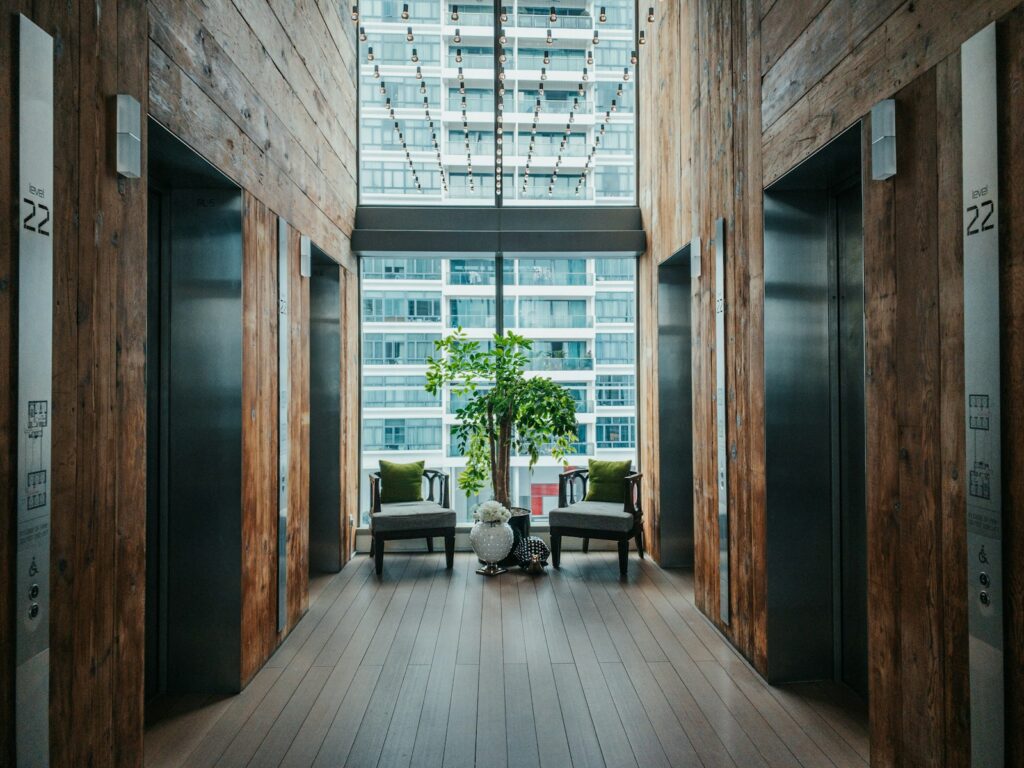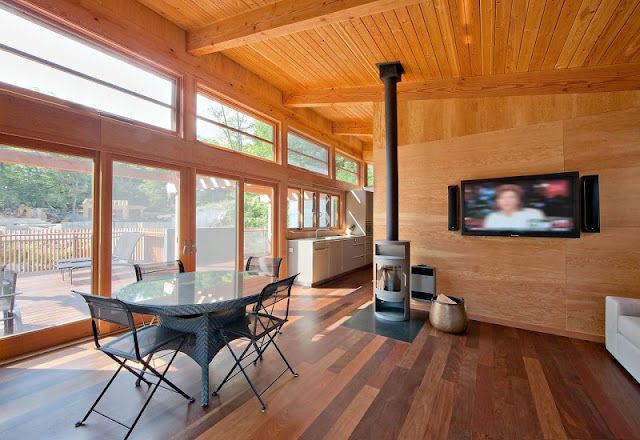
Our homes are meant to be our sanctuaries, places where we feel utmost safety, comfort, and independence. However, for millions of Americans living with physical disabilities, including many of our nation’s military Veterans, standard home designs can inadvertently create daily challenges and obstacles. According to the Centers for Disease Control and Prevention (CDC), over 70 million adults in the United States reported living with a disability in 2022, while the Department of Veterans Affairs states that 5.3 million Veterans were disabled as of 2023.
These statistics underscore a significant need for living spaces that genuinely support everyone. The good news is that transforming your home into a more accessible environment doesn’t always require massive, costly renovations. Often, a series of thoughtful, practical, and sometimes even low-cost modifications can make a profound difference, enhancing safety, creating comfort, and enabling autonomous living for residents.
This guide is designed to empower you with actionable insights, presenting a range of accessible home modifications that are both inspirational and achievable. We’ll walk you through how small upgrades can eliminate daily challenges and foster greater independence, ensuring your home remains a welcoming, functional space for every member of your household. Let’s explore some of the most impactful ways to begin your journey toward a more accessible home.
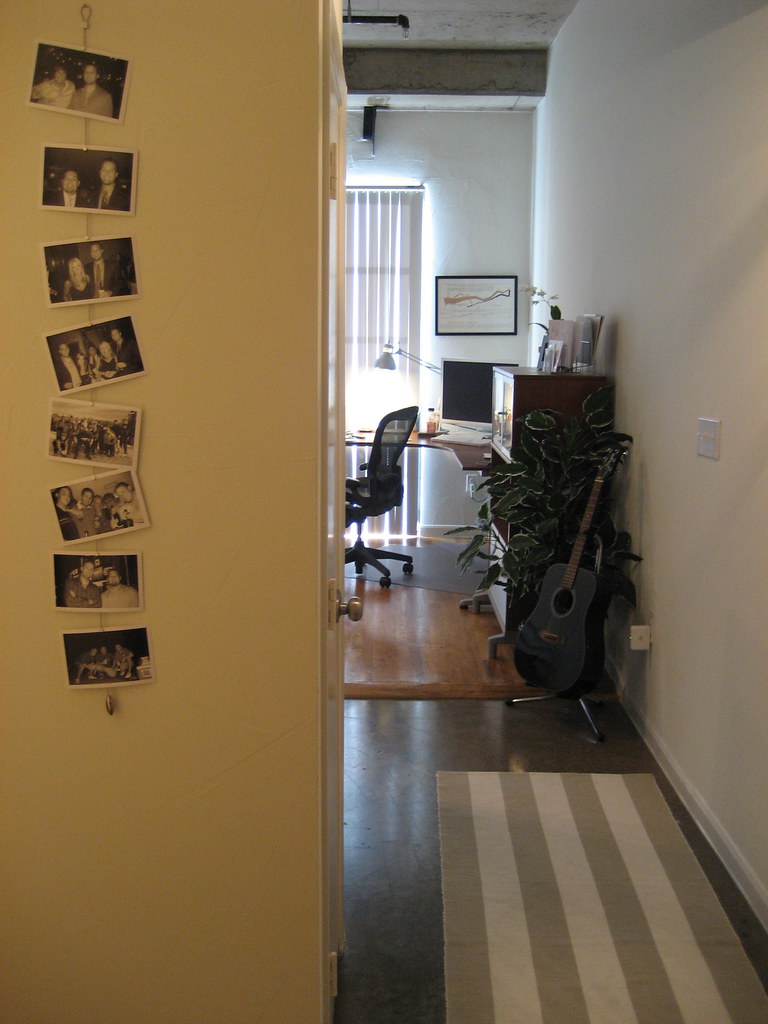
1. **Install an Entryway Ramp**
One of the most immediate and impactful upgrades you can make to improve home accessibility is to address your entryway. Getting into and out of a home can be a prominent concern for individuals with limited mobility, especially wheelchair users. Stairs, which tend to be a common architectural feature, often pose a significant hazard not just for those in wheelchairs but for anyone with reduced mobility.
Consider installing a wheelchair ramp leading up to your home’s entryway. This simple addition can drastically improve access, making it easier and safer for everyone. Beyond ramps, even a larger entrance can make it considerably easier for wheelchair users to clear the doorway without struggle or risk.
Several ramp styles are available to meet diverse needs and situations. Collapsible ramps offer easy storage, portable ramps provide on-the-go solutions for temporary accessibility, and threshold ramps can instantly transform a small step into a barrier-free entry. For small staircases with two or fewer steps, a folding ramp can often be placed directly over them, providing safe and reliable room-to-room access for individuals using walkers, wheelchairs, power chairs, and other mobility aids. These modifications create an instantly accessible pathway into your home, enhancing independence from the very first step.
Read more about: Beyond the Lock: 14 Essential Home Safety Upgrades You’ll Be Grateful For
2. **Install a Stair Lift**
For homes spanning multiple levels, navigating stairs can become a significant challenge for individuals with mobility impairments. Common conditions such as arthritis can even make the process painful, transforming everyday tasks into daunting obstacles. If you or a loved one finds stairs to be a cumbersome barrier, installing a stair lift offers an elegant and highly effective solution.
A stair lift consists of a motorized chair that travels smoothly along a rail securely attached to your staircase. These systems allow individuals with limited mobility to move effortlessly and safely between different floors in your home. They can be installed as a permanent home modification, offering continuous peace of mind and access.
Alternatively, portable stair climbers can provide on-the-go solutions for specific situations. Regardless of the type, stair lifts effectively level out your multi-level home, transforming it into a safe and accessible space. This vital upgrade creates independence and ensures that every floor of your residence remains within comfortable reach, making your home a safer alternative to navigating stairs manually.
Read more about: From Chrome to Carbon Fiber: Decoding Hollywood’s Enduring Automotive Icons
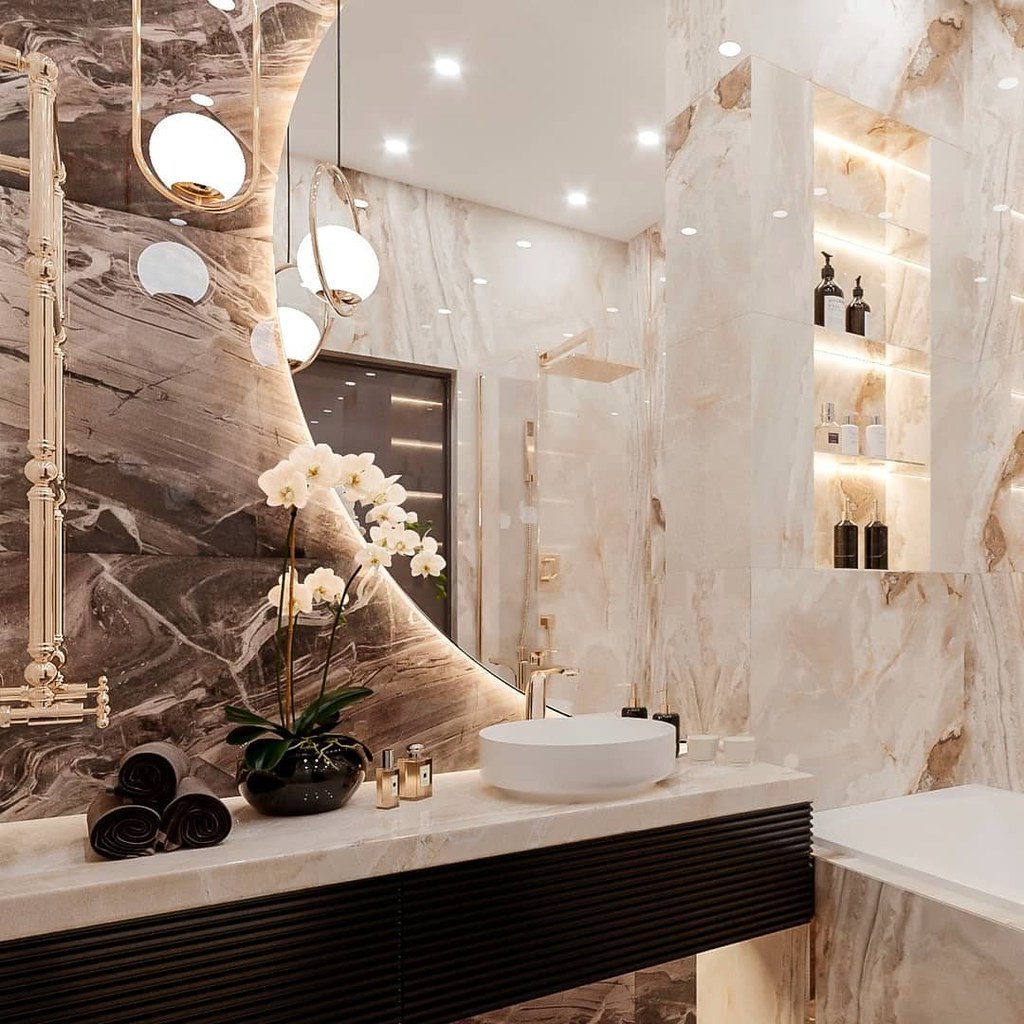
3. **Install Raised-Height Toilets**
Within the bathroom, the toilet is another area that can become surprisingly treacherous or difficult to use for individuals with disabilities or mobility concerns. The act of sitting down and standing up from a standard-height toilet often requires considerable effort, particularly for those experiencing knee or back pain. This constant squatting can lead to significant discomfort and strain.
Installing a raised-height toilet in your bathroom is a practical and thoughtful modification that can greatly alleviate these issues. Also known as comfort height toilets, these fixtures typically stand 17 to 19 inches high, compared to the standard 15-inch models. This increased height helps users avoid the discomfort of excessive squatting, making transfers much easier and more dignified.
For a lower-cost alternative to a full toilet replacement, consider installing a toilet frame on your existing toilet. This low-cost solution provides handrails and added stability, enabling better maneuverability and increased comfort. While raised-height toilets can sometimes be tricky for small children, the benefits for adults with mobility challenges significantly enhance their comfort and overall quality of life in the bathroom.

4. **Install Non-Slip Flooring**
Maintaining balance is a critical concern for many individuals with limited mobility, making the type of flooring in your home a significant factor in overall safety. Slick tile, hardwood floors, thick rugs, and rough grout can all present challenges for those using mobility devices or who are prone to falls. The bathroom, in particular, is notoriously slippery due to water, making it a common site for accidents in the home.
Installing non-slip flooring, sometimes referred to as anti-slip flooring, throughout your home helps to prevent distressing falls by providing a more secure surface. Options such as cork and low-pile carpet can offer better traction and stability. When selecting new flooring, look for materials that have some texture or are coated to make them inherently less slippery.
Beyond full flooring replacement, there are simpler, more affordable steps you can take. High-grip shower mats with suction cups are essential additions to showers and bathtubs, ensuring they stay firmly attached and provide reliable traction. If you have area rugs that you wish to keep, purchasing affordable non-slip grips that attach to their bottoms can prevent them from sliding out from underneath someone’s feet, turning a potential hazard into a safer element within your home. Ensuring all surfaces in your home do not pose tripping or slipping threats is paramount for accessibility.
Read more about: Beyond the Lock: 14 Essential Home Safety Upgrades You’ll Be Grateful For
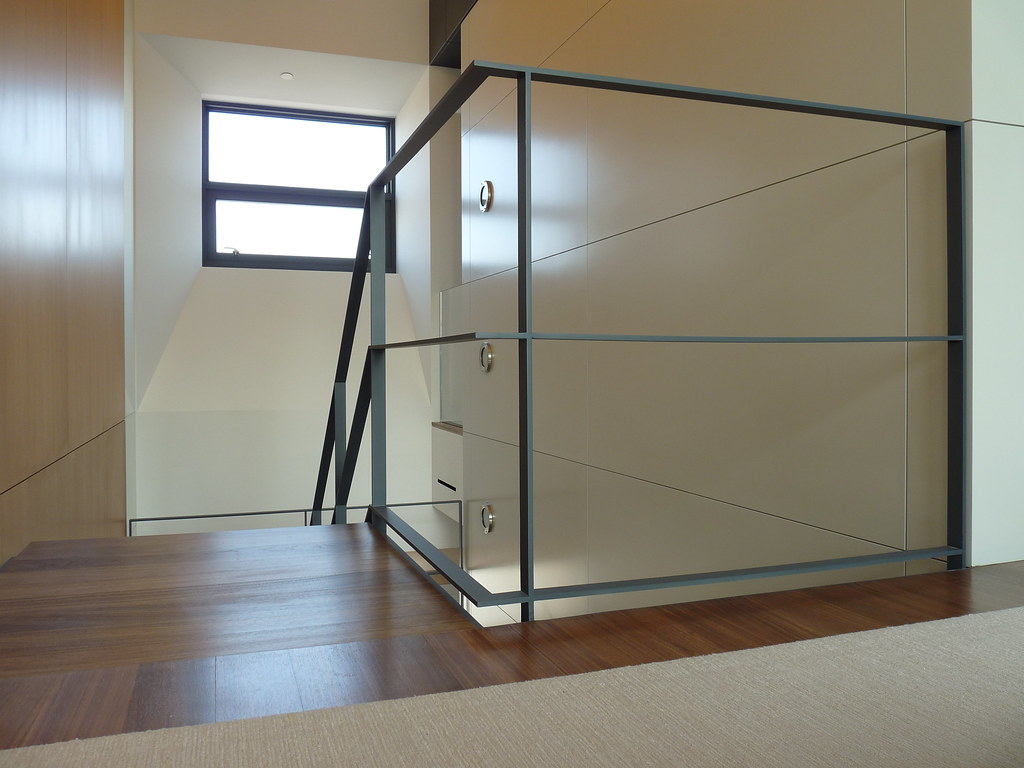
5. **Install Grab Bars and Handrails**
The bathroom is an area where most home accidents occur, and this is especially true for individuals with mobility concerns. The combination of slippery surfaces and the need for balance during daily routines like bathing makes stability aids indispensable. Installing grab bars in your shower or bathtub provides crucial support, offering stability and confidence for those both with and without mobility concerns.
Beyond the shower and tub, well-placed handrails throughout key areas of your home can make a world of difference. These supports are invaluable for individuals with poor balance, those prone to falls, or anyone needing assistance to get up from chairs, beds, or other seated positions. In bathrooms, grab rails significantly decrease the risk of falls and empower users to lift themselves from seated positions with greater ease and security.
While permanent, wall-mounted grab bars offer robust support, a more accessible and cost-effective alternative is the suction cup grab bar. These are easy to install, require no remodeling, and can provide temporary or flexible support where needed. By strategically placing these aids, you can enhance independence, improve overall safety, and create greater peace of mind for everyone in the household.
Read more about: Beyond the Lock: 14 Essential Home Safety Upgrades You’ll Be Grateful For
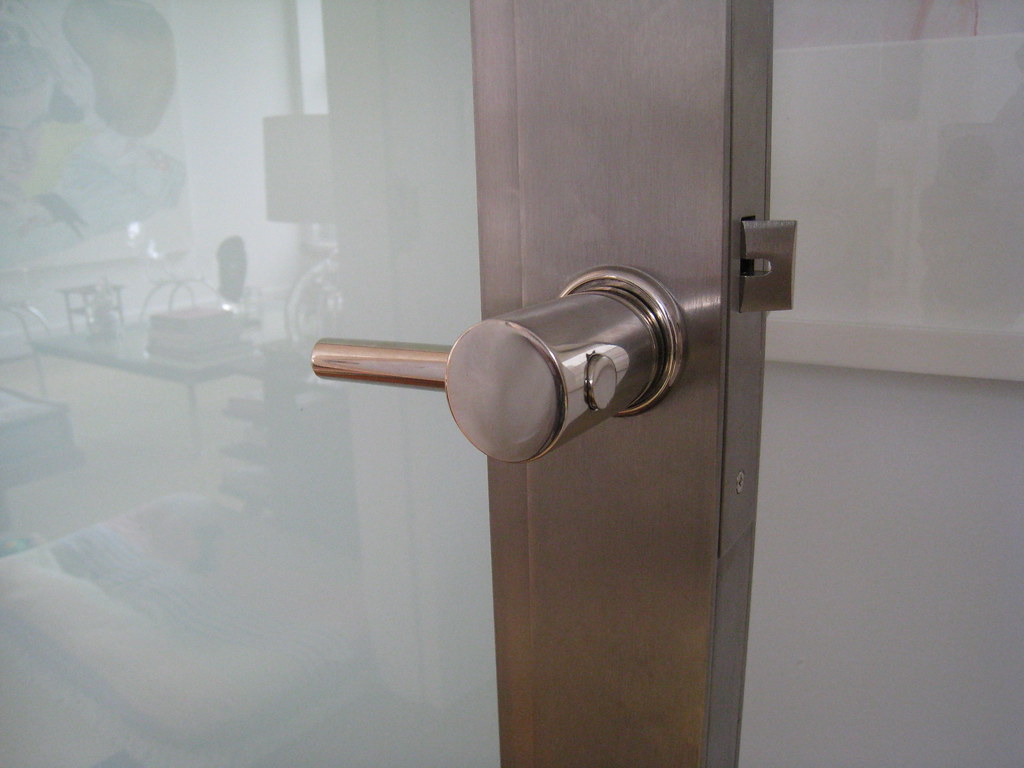
6. **Replace Doorknobs with Lever Handles**
Traditional spherical doorknobs, while common, can present a significant challenge for many individuals with disabilities or limited hand strength. The act of gripping and turning a doorknob can be cumbersome and sometimes impossible for those with conditions like arthritis or reduced dexterity. This seemingly small detail can greatly impede movement and independence within the home.
A more accessible and highly recommended alternative is the lever-style handle. These handles require only a downward push or pull, making them much easier to operate with a closed fist, an elbow, or even a simple nudge. Lever handles can typically be installed on most existing doors without extensive modifications, offering a straightforward upgrade that immediately improves accessibility.
For doors with traditional doorknobs that cannot be easily modified or replaced, an accessibility grip that fits over the existing knob may be a possibility, providing an easier way to grasp and turn. For ultimate convenience and hands-free living, consider electric door openers. These can be installed on both interior and exterior doors, allowing them to be opened with the push of a button or even integrated into home control systems, dramatically increasing hands-free accessibility throughout your living space.

7. **Improve Home Lighting**
A poorly lit home environment can quickly become treacherous, particularly for individuals with visual impairments. Inadequate lighting reduces visibility, making it difficult to perceive obstacles, changes in elevation, or even the basic layout of a room. Navigating dark areas or fumbling for light switches can also be a source of frustration and potential danger, especially for those with reduced mobility who may struggle to reach a switch or move through a dimly lit space.
Ensuring your home is consistently well-lit is a fundamental step in enhancing accessibility. Pay particular attention to areas with changes in elevation, such as stairways, where clear visibility is paramount for safety. One highly effective and increasingly affordable upgrade is to replace incandescent bulbs with modern LED bulbs. LED bulbs tend to be brighter than their incandescent equivalents, providing superior illumination.
Beyond their brightness, LED bulbs also last significantly longer, reducing the frequency of burnouts that could lead to reduced visibility. Their price has also come down considerably over the years, making them an affordable upgrade that offers both safety and energy efficiency. By ensuring a bright and evenly lit home, you create a safer, more navigable environment that supports independence and prevents unnecessary hazards for everyone.
Our exploration of creating a truly accessible home doesn’t stop with the initial upgrades. By continuing to refine your living space with thoughtful additions, you can foster an environment that champions independence, comfort, and safety for everyone. Let’s delve into seven more impactful modifications that can further transform your house into an inclusive sanctuary, making daily life easier and more enjoyable.
Read more about: Navigating the Crossroads: How Shifting 2025 Emissions Rules and Policy Debates Reshape America’s Automotive Future and Consumer Choices

8. **Widen Doorways and Hallways**
Traditional doorways and hallways, often designed without accessibility in mind, can present significant barriers for individuals using mobility aids. Wheelchair users, in particular, frequently find themselves struggling to navigate narrower spaces, which can severely restrict their movement and access within their own home. This seemingly minor architectural detail can prevent access to entire rooms, diminishing independence and comfort.
To effectively improve mobility throughout your home, consider widening openings to at least 32 inches. This seemingly small adjustment can make a world of difference, allowing wheelchairs and walkers to pass through with ease, eliminating frustrating bottlenecks. Ensuring these vital pathways are adequately broad is a fundamental step toward creating a truly unrestrictive living environment.
The scope of this modification can vary, from simple door frame adjustments to more extensive wall alterations, and its cost will reflect that complexity. Typical expenses can range from $500 to $5,000 per doorway, depending on the structural changes required. However, the investment yields invaluable returns in terms of enhanced freedom and dignity for residents.
Ultimately, widening doorways and hallways isn’t just about fitting mobility devices; it’s about opening up your entire home. It means fewer obstacles, less frustration, and a greater sense of liberation for anyone with mobility impairments. This foundational change ensures that every room remains easily accessible, making your home truly livable for all.
Read more about: Beyond the Lock: 14 Essential Home Safety Upgrades You’ll Be Grateful For
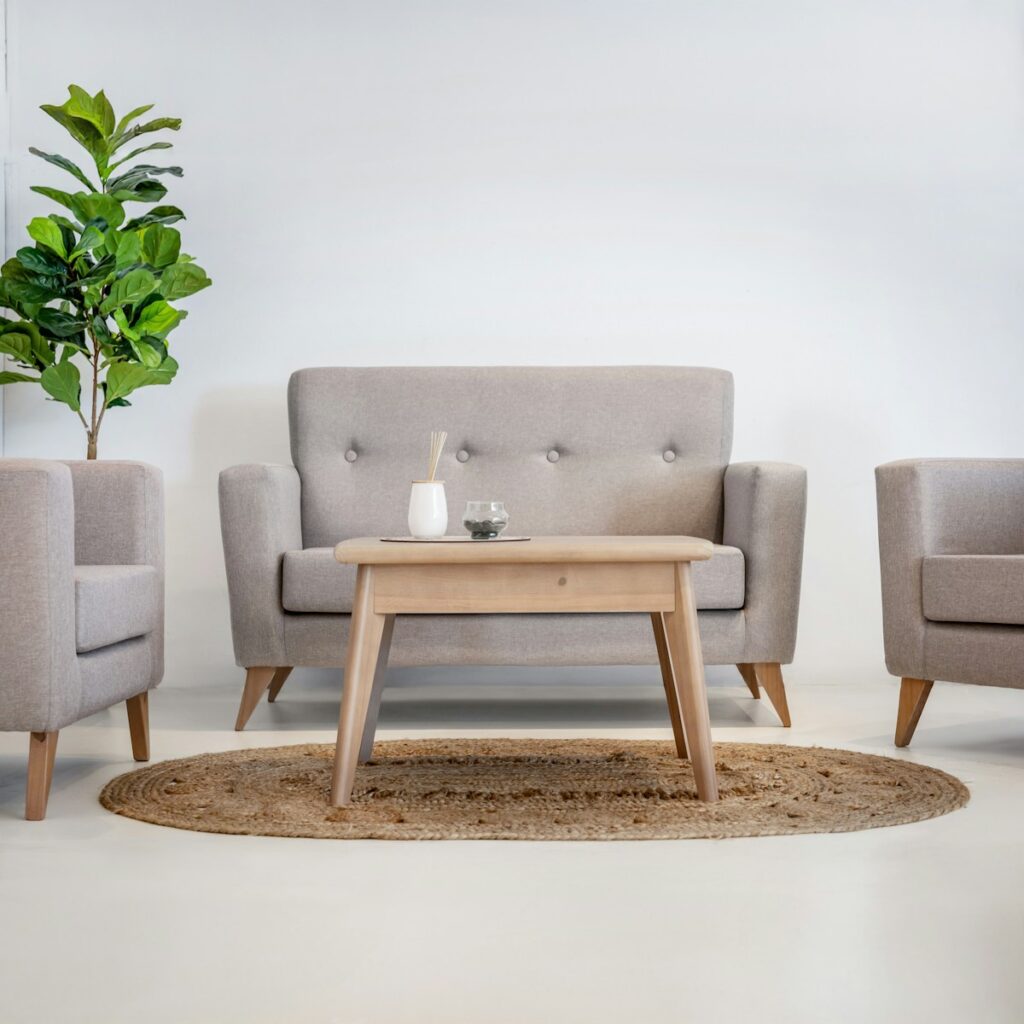
9. **Eliminate Tripping Hazards and Create Level Transitions**
Maintaining balance is a paramount concern for individuals with limited mobility or those prone to falls, making every surface and transition in your home a potential safety issue. Area rugs, if not properly secured, can easily slide and become dangerous tripping hazards, while uneven transitions between rooms create unexpected obstacles that can lead to falls. The goal is to create a seamless, predictable environment.
One of the simplest yet most effective steps you can take is to remove rugs and mats, particularly those in high-traffic areas or bathrooms where surfaces can be notoriously slippery. If you wish to keep cherished area rugs, an affordable solution is to purchase non-slip grips or anti-slip tape that attaches to their undersides. This ensures they stay firmly in place, turning a potential hazard into a secure element within your home.
Beyond rugs, paying close attention to the transitions between different areas of your home is crucial. Even a small lip or raised threshold can catch a foot or impede a wheelchair, leading to dangerous stumbles or difficulties in movement. Ensuring these transitions are completely level not only prevents tripping but also allows for smooth and effortless navigation between rooms for everyone, especially those using mobility devices.
It’s about being mindful of all your home’s surfaces. Hardwood floors and rough grout can also present challenges, so considering options like smooth, even carpeting or non-slip coatings can be beneficial. By proactively addressing these common tripping hazards and creating level pathways, you significantly enhance the safety and ease of movement throughout your entire home, providing greater peace of mind for all residents.
Read more about: Beyond the Lock: 14 Essential Home Safety Upgrades You’ll Be Grateful For

10. **Lower Countertops in Bathrooms and Kitchens**
Standard kitchen and bathroom countertop heights are often designed for individuals who can stand comfortably, inadvertently creating significant challenges for wheelchair users or those with limited upper body strength or reach. The inability to easily access a counter for meal preparation, hygiene, or daily tasks can be a substantial impediment to independent living.
In the kitchen, consider lowering some or all of your countertops to a more accessible height. Hiring a kitchen handyman to install cabinetry and surfaces around 29 inches tall is an excellent way to make this vital space more functional. This adjustment allows wheelchair users to comfortably roll underneath and perform tasks at the counter without straining or requiring assistance.
The same principle applies to bathrooms, where lower vanity countertops can vastly improve accessibility for personal grooming and hygiene routines. Multi-level surfaces, where some sections are at a standard height and others are lowered, can also offer a flexible solution to accommodate various needs within a single space. These modifications transform challenging areas into highly functional and dignified spaces.
While the typical cost range for lowering countertops can vary widely, from $1,500 to $10,000 depending on the extent of the modifications and whether cabinetry needs replacement, the enhanced independence and ease of use in these high-traffic areas are priceless. This investment makes daily routines more manageable and empowering, truly adapting your home to individual needs.
Read more about: Unlock Your Home’s Potential: 14 Subtle Upgrades That Dramatically Boost Resale Value
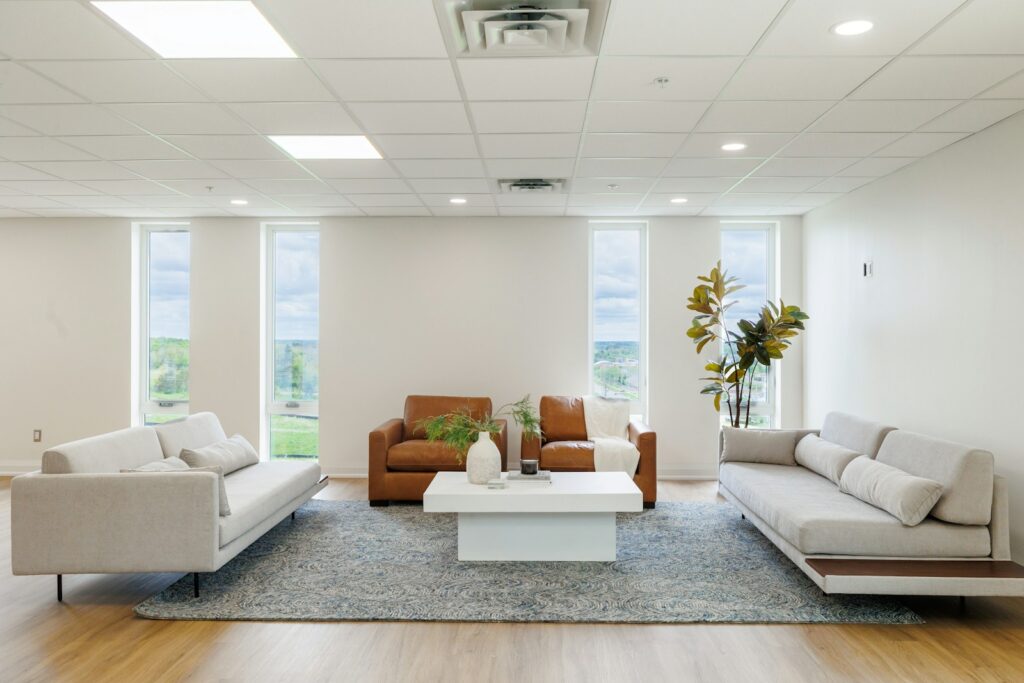
11. **Optimize Furniture Placement**
One of the most cost-effective—and often free—ways to dramatically improve home accessibility is by strategically optimizing your furniture placement. For individuals with limited mobility or those who use wheelchairs or walkers, the layout of a room can either be a helpful guide or a frustrating maze. Every piece of furniture should contribute to clear, open pathways.
Begin by assessing your home’s current layout to identify any narrow passages, sharp turns, or congested areas that might impede movement. The goal is to ensure that there’s ample space for mobility devices to maneuver freely and without issue. This means cutting down on clutter and giving your furniture room to breathe, creating an unobstructed flow through each room.
Beyond creating clear pathways, consider the accessibility of frequently used items. Daily essentials like comfortable chairs, bookshelves, and kitchen utensils should be within easy reach. This might involve adjusting the height of shelves, moving items to lower cabinets, or placing accent tables strategically so that a person can access what they need without excessive stretching or bending, fostering greater autonomy in daily routines.
By simply rearranging your furniture, you can eliminate hidden obstacles and create a more intuitive and navigable home environment. This thoughtful approach ensures that your living space is not just functional but genuinely supportive, allowing everyone to move about with confidence and ease, making it one of the most impactful no-cost upgrades you can implement.
Read more about: Beyond the Fine Print: 9 Crucial Insurance Policy Aspects Agents Wish You’d Stop Overlooking
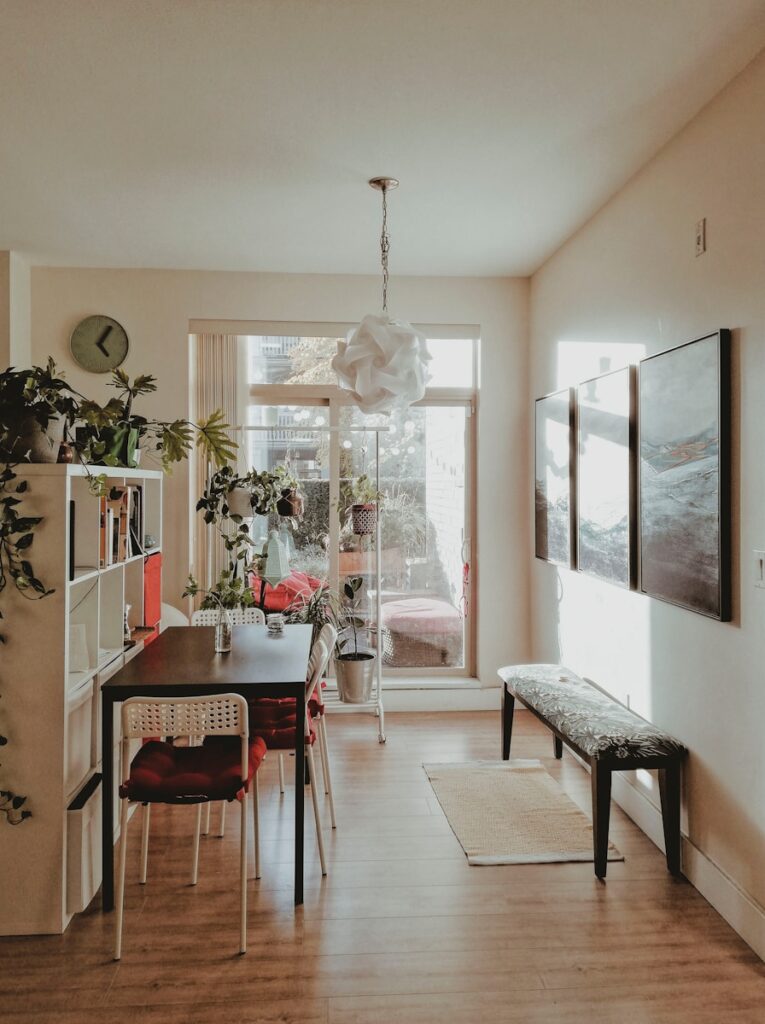
12. **Integrate Smart Home Technology**
In our modern world, integrating smart home technology offers innovative and often hands-free solutions that can significantly boost independence and convenience for individuals with reduced mobility. These technologies simplify daily tasks, allowing control over various home functions with minimal physical effort, transforming how residents interact with their living space.
Voice assistants, paired with smart lights, represent a fantastic starting point. By simply using a voice command, lights can be turned on or off in nearly any fixture. This not only prevents individuals from having to enter a dark room to search for a light switch, a potentially dangerous scenario, but also eliminates the physical strain of reaching or fumbling for switches, especially for those with limited range of motion.
For ultimate hands-free living and unparalleled convenience, consider installing electric door openers. These can be game-changers for those with limited hand strength or mobility, allowing interior and exterior doors to be opened with the push of a button or even through integration with home control systems. These systems can be customized to activate from a wide range of devices, including wheelchair control switches or wall push pads, making navigation effortless and dramatically increasing accessibility throughout your entire home.
While offering significant benefits, it’s also worth noting that many automatic door systems are designed not to override manual operations, providing flexibility for all household members. By embracing these smart technologies, you create a more responsive and adaptable home environment, empowering residents with greater control and reducing the physical demands of everyday living, truly making a smart house an accessible house.
Read more about: Navigating the Crossroads: How Shifting 2025 Emissions Rules and Policy Debates Reshape America’s Automotive Future and Consumer Choices
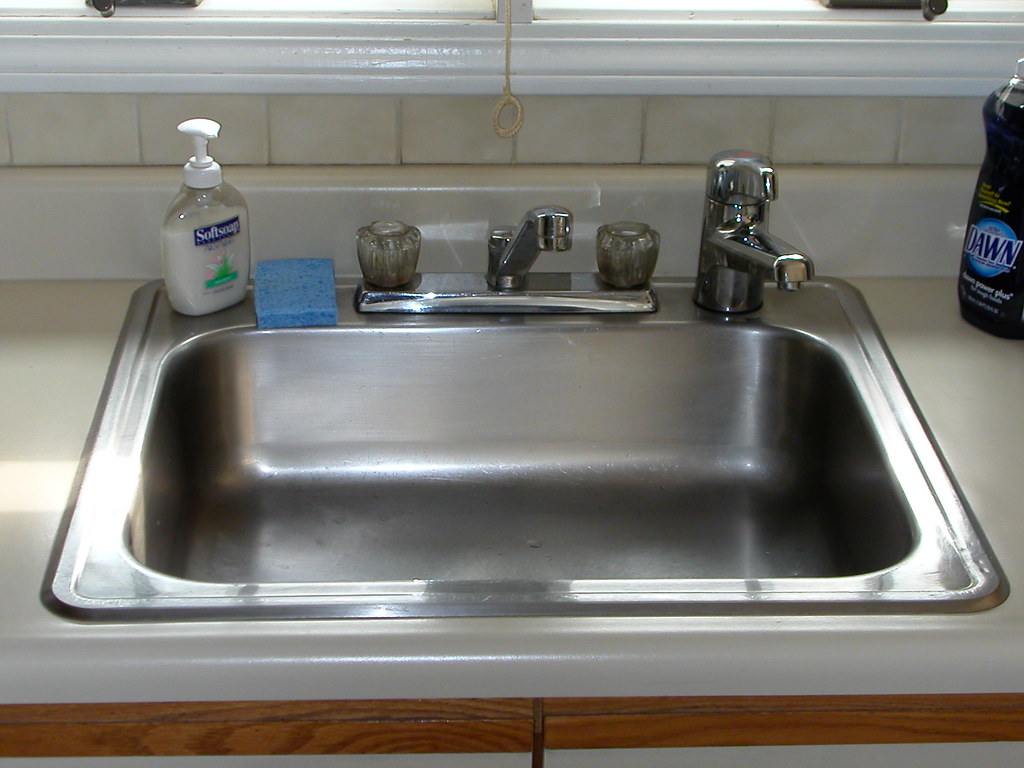
13. **Install Roll-Under Sinks**
Just as with countertops, traditional bathroom and kitchen sinks often present challenges for wheelchair users due to the enclosed cabinetry underneath, preventing them from getting close enough to the basin. This can make simple tasks like washing hands, brushing teeth, or doing dishes surprisingly difficult and undignified.
Installing roll-under sinks is a crucial modification that provides open space beneath the basin, allowing a wheelchair user to comfortably roll right up to the sink. This design feature ensures that individuals can access the faucet and basin with ease, promoting greater independence in personal hygiene and kitchen tasks. It’s a fundamental aspect of making bathrooms and kitchens truly accessible.
Implementing this modification typically involves replacing existing cabinetry with an open design, often including appropriate pipe insulation to prevent accidental contact with hot plumbing. This thoughtful design ensures comfort and safety while maintaining a sleek, integrated look in your accessible bathroom or kitchen.
The typical cost range for installing a roll-under sink, which includes the sink fixture itself and potentially new cabinetry, is usually between $500 and $3,000. This investment not only enhances functionality but also significantly improves the user’s quality of life, transforming a previously challenging area into a space of ease and independence.
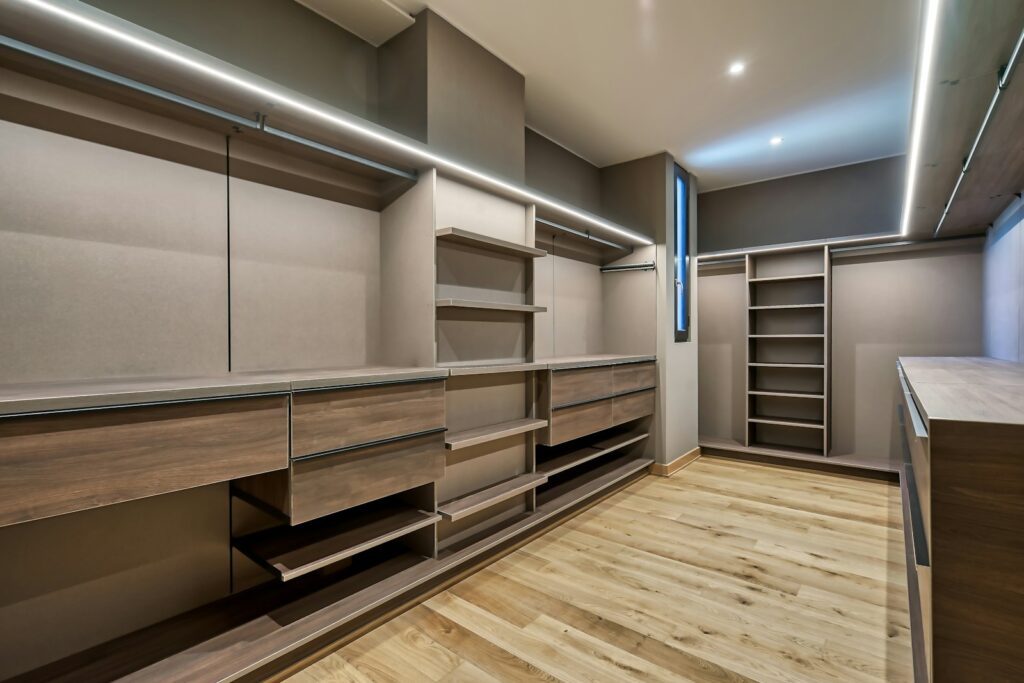
14. **Create Accessible Closets**
Accessibility within the home extends to every corner, including how we store and retrieve our personal belongings. Standard closets, with high hanging rods and deep shelves, can be virtually unusable for wheelchair users or anyone with difficulty reaching high places or bending down. This can make selecting clothes or accessing everyday items a daily struggle.
Creating an accessible closet involves modifying its interior to bring essential items within easy reach. This typically includes installing lower hanging rods, repositioned at a height comfortable for a seated person, and adjustable or lowered shelving units. The goal is to ensure that clothing, shoes, and personal items are readily accessible without requiring assistance or strenuous effort.
For deeper closets, a roll-in design can be particularly beneficial, allowing wheelchair users to fully enter the space for easier navigation and access to all contents. This modification maximizes the usability of the closet, making it a functional and independent part of daily life rather than a source of frustration.
The typical cost range for creating an accessible closet, which can involve custom shelving, rod adjustments, and minor structural changes, is generally between $500 and $5,000. This investment not only streamlines daily routines but also significantly boosts independence and self-sufficiency, ensuring that even personal spaces are fully adapted to individual needs.
Read more about: Affordable Archiving: Your Guide to Preserving Priceless Family Photos Without Breaking the Bank
Transforming your home into a beacon of accessibility is an inspiring journey that profoundly impacts the lives of its residents. Each modification, whether large or small, contributes to a collective sense of safety, comfort, and, most importantly, independence. From widening doorways to integrating smart technology, these upgrades aren’t just about physical changes; they’re about empowering individuals and fostering an environment where everyone can thrive. Remember, you don’t have to embark on this journey alone. Resources are available, and the right expertise can help you navigate these changes, ensuring your sanctuary truly supports every member of your household. Your accessible home awaits, promising a future of easier, more joyful living for all.

